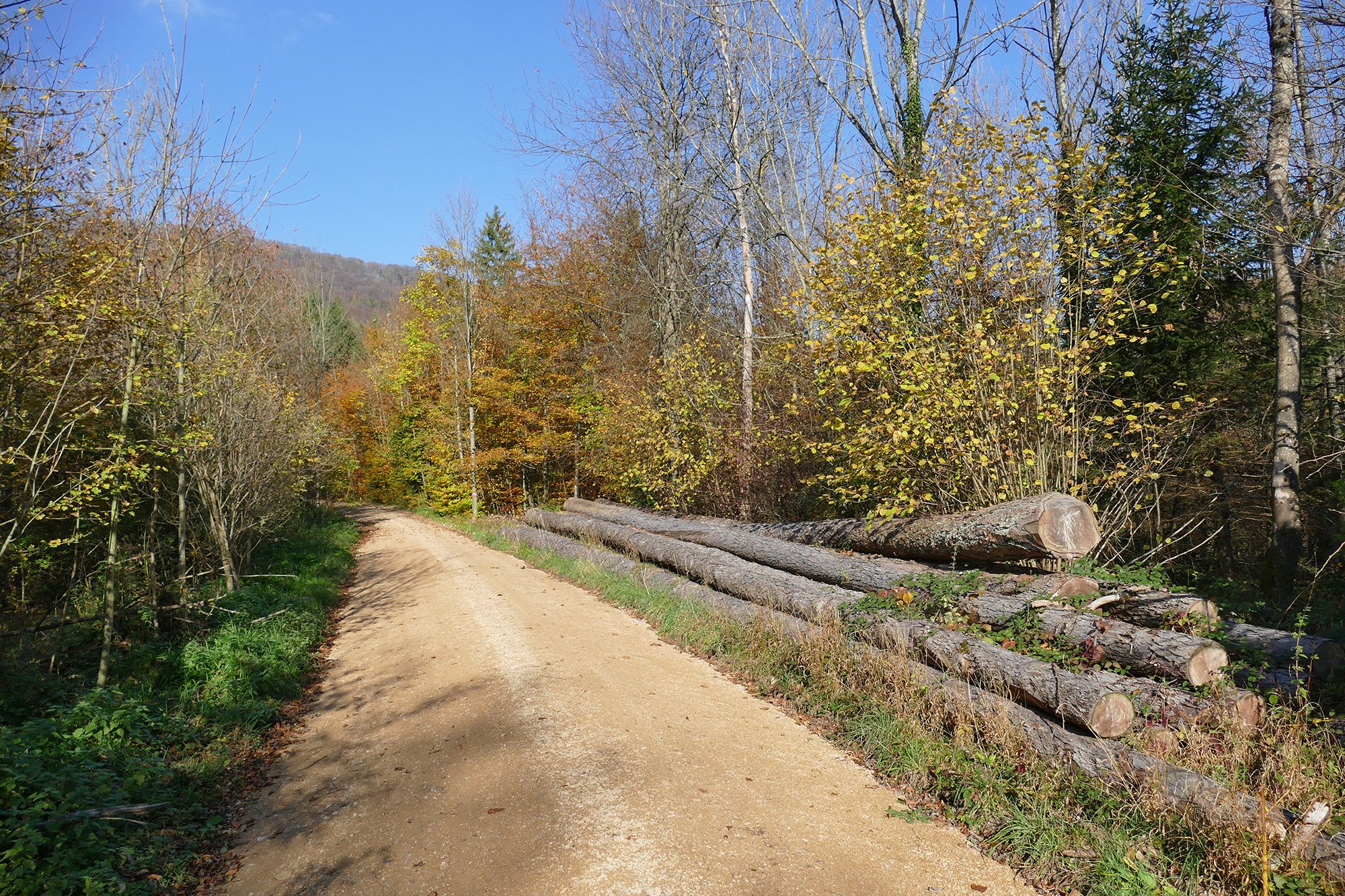Buyers of timber are looking for white, firm spruce timber – and are prepared to pay a good price for it. Reddish discolorations on the other hand are not very popular: beware red rot! Here the problem is not the colour but the decomposition of the wood. What starts off looking like a simple discolouration very rapidly loses its firmness and in the end becomes holes in the stemwood. This is caused by fungi, which decay the wood.

Fig. 1: The consequences of red rot attack for the owner of the forest are: loss of the value of the timber, reduction in the quality of the stemwood, loss of volumes due to unusable timber remaining in the forest and the related problems of forest protection (incubation room for beetles), added expense as a consequence of additional separating cuts and instability of the stands due to breaks in the rotten base of the trunks.
So far, so simple. Unfortunately, for biological reasons, it now becomes somewhat more complicated. On one hand the designation "red rot" is misleading, when considered as a concept. On the other there are various types of red rot.
Red rot is white rot
Wood consists of two different components: fibrous pulp (cellulose) and compact woody material (lignin). This means that as a composite material wood acts very like reinforced concrete: cellulose provides flexibility, while the lignin provides stability. Wood-rotting fungi usually cause only one of the two components to decay. Fungi which specialise in cellulose leave brown-coloured lignin (brown rot). In fungi which cause decay in lignin, on the other hand, the whitish cellulose remains behind (white rot).
In accordance with this classification the pathogens of spruce red rot actually belong to the "white rot" species. They particularly cause the lignin to rot. The cellulose remains behind, which becomes reddish in colour due to metabolic products, which are generated during the degradation of the wood by the fungi.
Types of red rot
Even when it may look like it at the first glance at the wood, red rot is by no means simply red rot. The causes and pathogens of red rot show significant differences. It is important to realise this. The ways of dealing with the problem differ, depending on whether in a specific case we are looking at heart rot or at wound rot.
Heart rot
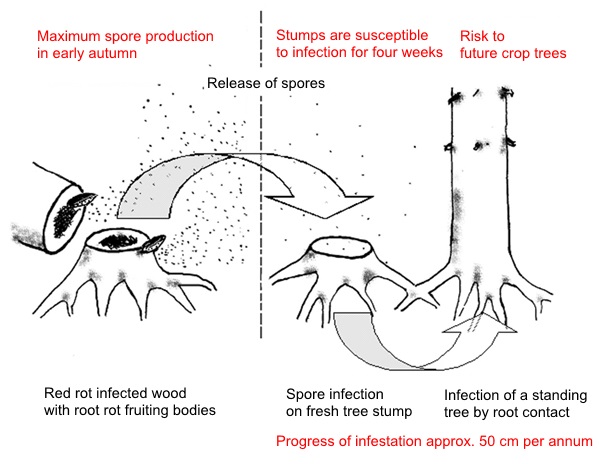
Fig. 2: Diagram showing the attack of annosum root rot: the result is heart rot.
The most common fungal pathogen in heart rot is annosum root rot (Heterobasidion annosum). This fungus mainly grows upwards in the centre of the spruce trunk. The heartwood, known as "ripewood" in the spruce, consists solely of dead lignin cells and therefore has no resistance to the fungus. The heart rot caused by the annosum root rot therefore reaches great heights in a relatively short time and destroys the value of large parts of the trunk. Usually, relatively long D-quality wood sections need to be felled. In the worst case all the stemwood is affected.
A characteristic of root rot is that it finds its way into the trunk via the roots, never through bark injuries (Fig. 2). The following three key factors favour infestation:
- The higher the base content of the soil, the more favourable are the conditions for the fungus. Limestone clay soils are therefore particularly at risk.
- A serious infestation of root rot in the pre-stand also increases the risk of infection for the subsequent stand.
- Freshly cut stumps are preferentially attacked by root rot. It can develop there and then be spread to the roots of healthy trees by interspecific root grafting and there trigger heart rot.
This last aspect also offers the best possibilities for countermeasures. Here it is important to know that the fresh stumps are susceptible to catching root rot for only about four weeks. The fungus does not succeed in attacking older stumps. Since the main period for the release of spores is in the summer months and especially in early autumn, it can definitely be helpful to thin out in the winter months. The stumps then lose their tendency to become infected, before the next serious release of spores occurs.
The surfaces of fresh stumps can also be treated with suitable products (stump treatment). These products have the effect of preventing root rot until, after a few weeks by natural processes, the stumps have lost their tendency to become infected.
Examples of suitable products are commercial preparations with spores from a fungal competitor or simply urea. These products have been demonstrated as outstanding in a wide variety of practical situations. They can be applied directly from the harvester head to the stumps or manually using a sprayer (Fig. 3 & 4). The decisive factor is that the treatment is carried out immediately during felling and is not left until days later, when the stumps are already infected. It should also be considered that preventive treatment of the stumps reduces the infestation pressure for healthy spruce. However, it has no curative effect. Spruce trees which have already become infected will not regain their health if treated.
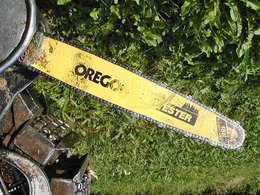
Fig. 3a: Perforated chainsaw bar for applying the treatment medium with the harvester head
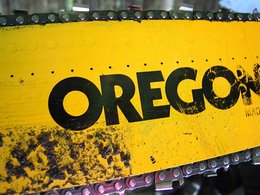
Fig. 3b: Close-up view of perforated chainsaw bar
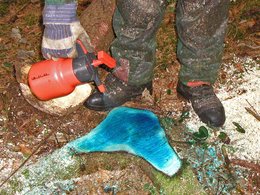
Fig. 4: Manual stump treatment
Wound rot due to bark injuries
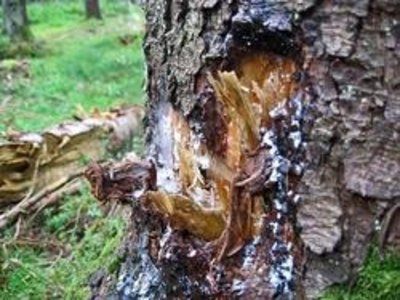
Fig. 5: Skidding damage: a recipe for wound rot!
Wound rot in spruce is caused principally by the bleeding stereum fungus (Stereum sanguinolentum), which in contrast to root rot penetrates solely through bark injuries in the trunk. The vast majority of these injuries are caused during the harvesting of the timber. Wound rot is thus essentially a home-made problem of the forestry industry.
Bark damage occurs in forestry practice much more often than we would like to admit and because spruce has a particularly sensitive bark, the problem of bark damage unfortunately is particularly frequent here. It has been demonstrated that every fourth spruce tree in Baden-Württemberg shows at least one bark injury caused by timber harvesting. However, the situation is not much better in other Federal States.
Bark injuries are particularly problematic in spruce, since wound rot develops in nearly every case. In contrast to heart rot the length of wound rot in the trunk is somewhat limited. Here it is frequently sufficient to prune out a relatively short length of affected wood. In order to lose as little healthy wood as possible, where there is wound rot it can be worthwhile to process a range of D quality wood.
In fact there is really only one effective weapon against wound rot: do not let bark injuries occur in the first place. This requires care during timber harvesting, good infrastructure and the use of appropriate timber harvesting technology.
Products intended to close wounds are of no help in the forest. Within a short time holes appear in the protective layer (weathering of the product, desiccation of the tree body or tree growth) and the site of the wound is infested. It is better consistently to avoid skidding and felling damage and, if despite all precautions this occurs, to use damaged spruce trees as quickly as possible.
